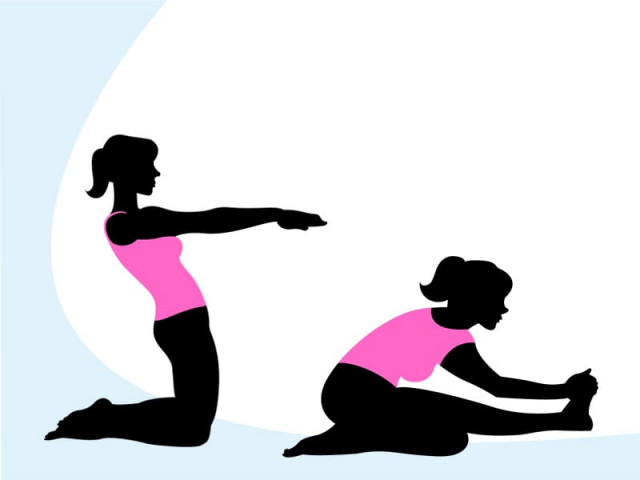Fitness 101: Enhance your workout with compression sportswear
Ms T shares how the right gear can enhance your fitness regimen.

In order to answer that question, we must first understand what compression clothing is. Arguably a form of women’s fitness fashion, compression clothing is simply body-hugging workout attire (shirts, tracks, socks, swimsuits, undergarments, etc) worn during exercise to support the body. Compression clothing is skin-tight and usually made from spandex with built-in panels for improved blood flow and strategic surface pressure to hold the body as the wearer exercises. Tights, bodysuits, knee and arm braces etc, are all forms of compression clothing commonly found in sport shops across the world.
“I could feel the difference on the very first day,” says 19-year-old Sana Naveed who felt a stark improvement in the quality of her workout after investing in compression clothing for her cardio sessions. “Initially, it was a little too tight but I got used to it. I would definitely recommend it to other girls as well.”
By and large, there are two main types of compression at work here. The ‘graduated compression’ is tighter at the extremities and boosts the blood flow back to one’s core as they exercise. The other type is known as ‘compartmental compression’ which is tighter in particular areas and specific for each sport.
The idea behind compression clothing is simple: to improve your mobility and encourage recovery. One of the greatest benefits it offers is that is promotes blood flow to and from the heart, which means one can train harder and for longer. For instance, compression socks safeguard feet from conditions like Venous Thrombosis (formation of blood clots in the veins) by facilitating the blood flow. This is because the clothing is designed in a way that makes it easier to carry blood back from the muscles to the heart.
Another benefit of the apparel is that is shields the body against any muscular injuries one might sustain during a workout. When the human body is in motion, the muscles inside move and tiny tears appear in the muscle tissue. One can imagine the level of muscular wear and tear that must occur in our bodies while we work out. But by using compression, we can control the movement of our muscles and reduce the pain and damage they might suffer during and after exercise. Compression wear stabilises the joints and therefore, reduces the risk of injuries due to sudden uncontrolled body movement.
Additionally, the clothes are made of moisture-resistant materials which absorb sweat and prevent rashes and chaffing. The breathable fabric allows the body to cool off during high-intensity routines and help in temperature control.
According to renowned yoga instructor Aisha Chapra, “Fitted clothes highlight the shape of your body and make you appear more proportionate and aligned than you may be.” This can play an important role in keeping one motivated towards their desired weight. “Also, the material that compression wear is made off is stretchy and flexible so the wearer can do various movements with ease.”
In order for compression wear to be effective, it is absolutely crucial to purchase the right size. Compression wear that is too tight can compromise on one’s breathing and harm the body while loose clothing will not be affective in keeping their body warm. “Any clothing that is worn on the upper body must not be too constrictive as breathing is of utmost importance during exercise,” advises Chapra. “The whole idea is to cover your body tight but comfortably,” says Maliha Khan, a fitness and nutrition junkie. “For example, if your shirt is too loose or too tight, you will not be comfortable enough to work out properly so purchasing compression clothing will be futile.
Unfortunately, sportswear is generally very expensive and not everyone can afford what is on offer here in Pakistan. As most women prefer to workout in lawn suits or track pants, the market is limited and offers little variety to those who prefer compression clothing. Also, many Pakistani women opt for jogging tracks over female-only gyms or exercise classes, meaning that they cannot always wear compression clothing for their workouts.
However, according to performance artist and choreographer Joshinder Chagger, it does not matter what one wears during exercise so long as they are comfortable and doing it in the first place. “One should wear what they feel right in, even if it is shalwar kameez,” she says. And Chapra agrees. “Normal clothes don’t provide the support or any other benefit to the body but if a lady prefer to attend my class in her sweatpants and a t-shirt, it is entirely her call.”
Published in The Express Tribune, Ms T, April 27th, 2014.



















COMMENTS
Comments are moderated and generally will be posted if they are on-topic and not abusive.
For more information, please see our Comments FAQ